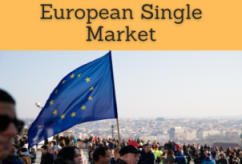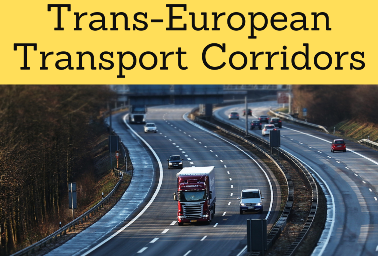European Customs Union (EU) TARIC

Pillars of the European Customs Union. Common rules of origin
- Introduction to the Customs Union of the EU
- Need for the EU Customs Union
- The Pillars of the European Customs Union
- Common Customs Tariff
- Common rules of origin
- Customs transit
- Common customs valuation system
- The EU product classification system
- Case study. How to classify computers and software, fruits, vegetables, footwear, plastics and textiles
- Integrated Tariff of the EU (TARIC)
- Value Added Tax in the EU
- Special taxes
- Fraud Prevention
- Customs co-operation agreements and mutual administrative assistance
- New EU Customs Code (formerly: Community Customs Code)
Sample - European Customs Union (EU):

NOTE: points 5 and 6 are also discussed in the subject: How to export to the EU.
The objectives of the subject “European Customs Union (EU)” are the following:
- To understand the pillars of the European Customs Union (EU)
- To analyze the functioning of the European Customs Union
- To know the New Union Customs Code

The Subject “European Customs Union (EU)” belongs to the following Online Programs taught by EENI Global Business School:
Masters: International Business, Foreign Trade.

Languages:  or
or  Unión Aduanera UE
Unión Aduanera UE  Union douanière UE
Union douanière UE  União Aduaneira UE.
União Aduaneira UE.
The four pillars of the European Customs Union are:
- The absence of customs duties between the EU member countries
- The adoption of common tariff to the imports from the non-EU countries
- The introduction of common rules of origin for all the goods imported from a third country
- The use of a single customs valuation system
The EU Customs Union has been in force since 1 July 1968 (Belgium, France, Germany, Italy, Luxembourg and the Netherlands).
The remaining countries have been progressively incorporated: Austria, Bulgaria, Croatia, Cyprus, Denmark, Estonia, Finland, Greece, Hungary, Ireland, Latvia, Lithuania, Malta, Poland, Portugal, Slovakia, Slovenia, Spain (Ceuta and Melilla are not part), the Czech Republic, Romania and Sweden (Europe).
- The Third-country customs revenue accounted for 11% of the EU budget (EUR 15.3 billion)
- The EU customs manage approximately 16% of the world's trade
- The EU customs seized 36 million of products (25% of which were counterfeit medicines)
- Andorra, San Marino and Turkey have a Customs Union with the EU
- All the countries of the EU are part of the EU Customs Union

The EU has customs cooperation agreements and mutual administrative assistance with the U.S., Canada, India, Japan, Hong Kong, South Korea and China. These customs cooperation agreements simplify and harmonize the customs procedures, reducing the export-import costs.
European Economic Area (Western Civilization).

(c) EENI Global Business School (1995-2024)
We do not use cookies
Top of this page



